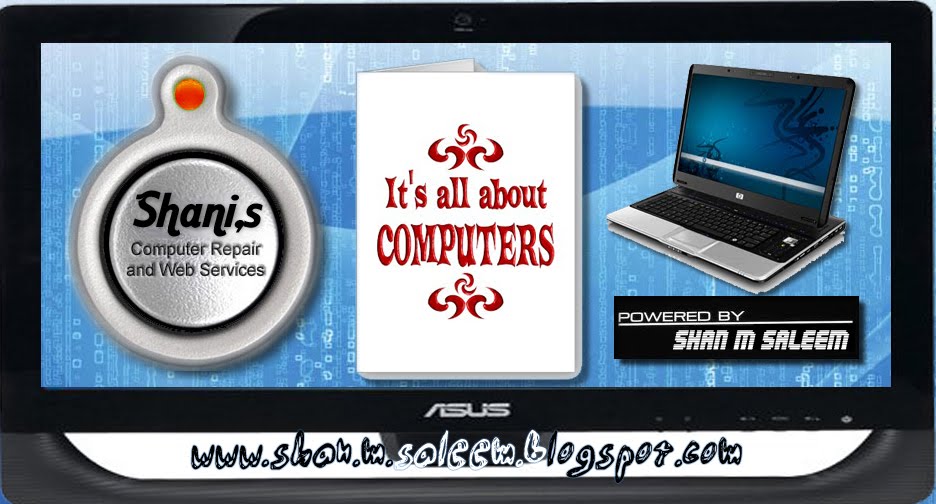VLC PLAYER 2.0 Something New And Better

VLC Player 2.0 is the latest version released by VideoLAN Organization. The official release of VLC 2.0 Final was made on 20th Feb 2012. This open source video player is very much capable of handling most media formats. VLC 2.0 is the first landmark update since its first official release in June 2009. You can find a lot of changes in the VLC 2.0 version.

Especially the look and feel in Mac platform is really impressive. It can support the Blu-ray playback being overshadowed with amazing interface. VLC 2.0 on the Mac platform replaces the simplistic interface and resembles iTunes old versions. You can observe a lot of other additional features in the Mac version of VLC 2.0.
The stable Mac version of VLC 2.0 can play more audio and video files. You can find a two-paned window which contains a list of common locations for media files. You can see this in the left hand pane of VLC 2.0. And it also gives you an invitation to drag and drop files into the window for playback on right side of the player. Now if you come to the windows version, VLC 2.0 has got great support towards it too. The one major upgrade you can find in windows version is, you can find a dedicated 64 bit build of VLC.
VLC 2.0 : NEW FEATURES - ADVANCE OPTIONS.................................................................
The most important features you will find in VLC 2.0 :
1) Simple, Fast and Powerful.
2) Plays almost all everything (Files, Discs, Webcams, Streams)
3) Supports all types of codecs like MPEG-2, H.264, DivX, MPEG-4, WMV and etc. without any packs needed.
4) Completely free from spyware, ads or user tracking.
5) Works on most platforms like Windows, Linux, Mac OS X, Unix and Other.
6) Media Converter and Streamer.
1) Simple, Fast and Powerful.
2) Plays almost all everything (Files, Discs, Webcams, Streams)
3) Supports all types of codecs like MPEG-2, H.264, DivX, MPEG-4, WMV and etc. without any packs needed.
4) Completely free from spyware, ads or user tracking.
5) Works on most platforms like Windows, Linux, Mac OS X, Unix and Other.
6) Media Converter and Streamer.
The new VLC 2.0 can support a lot of Audio and Video formats, Check out the list of formats it support in audio and video.
VLC 2.0 : Audio Formats
MPEG Layer 1/2, MP3 – MPEG Layer 3, AAC – MPEG-4 part3, Vorbis, AC3 – A/52 (Dolby Digital), E-AC-3 (Dolby Digital Plus), MLP / TrueHD”>3, DTS, WMA 1/2, WMA 3 1, FLAC, ALAC, Speex, Musepack / MPC, ATRAC 3, Wavpack, Mod (.s3m, .it, .mod), TrueAudio (TTA), APE (Monkey Audio), Real Audio 2, Alaw/µlaw, AMR (3GPP), MIDI 3, LPCM, ADPCM, QCELP, DV Audio, QDM2/QDMC (QuickTime), MACE

VLC 2.0 : Video Formats
MPEG-1/2, DIVX (1/2/3) , MPEG-4 ASP, DivX 4/5/6, XviD, 3ivX D4, H.261, H.263 / H.263i, H.264 / MPEG-4 AVC, Cinepak, Theora, Dirac / VC-2, MJPEG (A/B), WMV 1/2, WMV 3 / WMV-9 / VC-1 1, Sorenson 1/3,(Quicktime), DV (Digital Video), On2 VP3/VP5/VP6, Indeo Video v3 (IV32), Indeo Video 4/5 (IV41, IV51), Real Video 1/2, Real Video 3/4
Apart from these above formats, VLC 2.0 can support a lot of additional Input features, Subtitle/Tag formats, A/V outputs, A/V filters, Interfaces and other additional formats, In one simple world, VLC 2.0 is a universal player which can play anything. You can always check the list of features from the official site. Click here to check all the available features of VLC 2.0.

If you take a look at the new interface, you can find many changes in the look and feel of VLC player. The amazing silver look of VLC 2.0 is really pleasant and professiona



.jpg)






